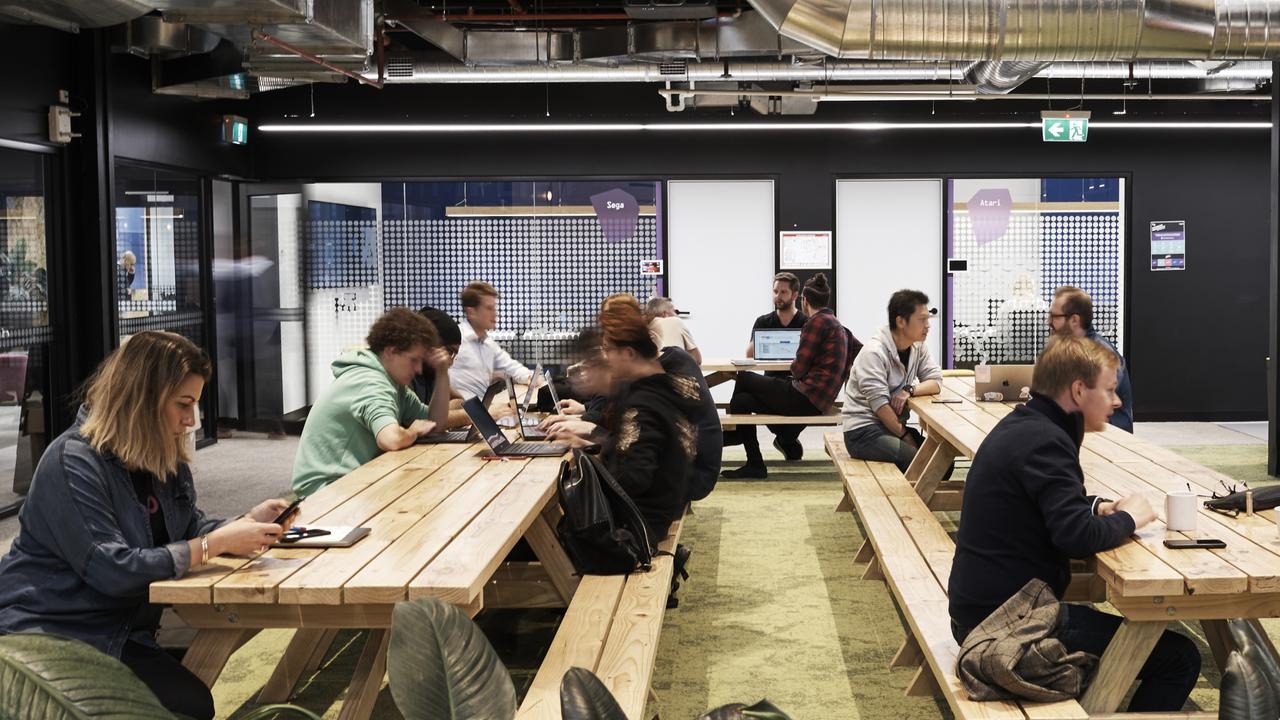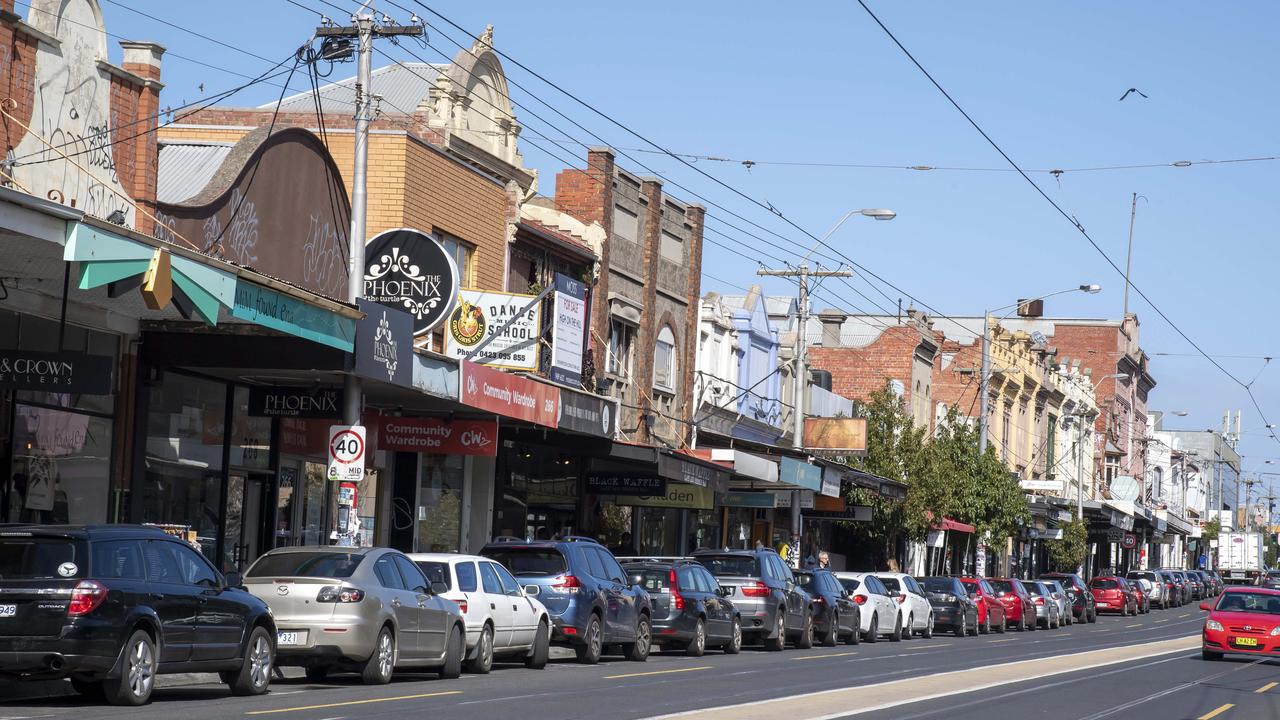Inland freight hubs to move trucks off suburban Melbourne streets
MELBOURNE’S western suburbs face a flood of trucks without drastic change. Can new inland freight hubs shift tens of thousands of trucks from suburban streets to rail?
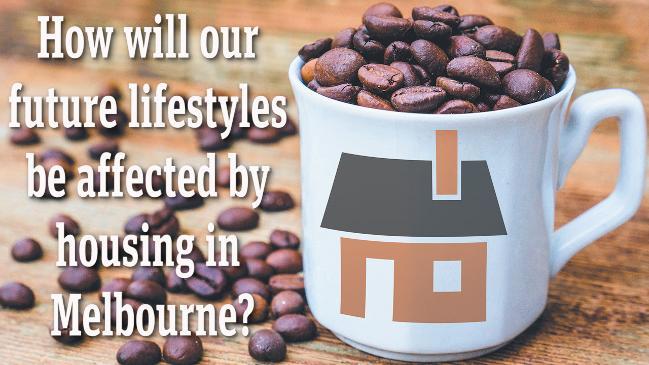
Future Victoria
Don't miss out on the headlines from Future Victoria. Followed categories will be added to My News.
NEW inland freight hubs will move tens of thousands of trucks off suburban streets and on to rail.
With pressure building to slash truck numbers across the city’s inner-west, the Andrews Government will build two new terminals for interstate freight.
A major facility will be developed at Truganina, 22km west of the CBD, and a smaller one at Beveridge, 42km north of the city centre — which would link interstate.
MORE FUTURE MELBOURNE:
Digital roads to cut city travel times
Rail loop, robot trains, options for East Werribee ‘super city’
How your suburb rates for living, working and playing
Push for $30bn ‘super city’ in Melbourne’s west
How to transform the west into the best
The terminals are the next step in a decade-long campaign to rethink the transport of containers coming in to Victoria.
Industry leaders believe the Port of Melbourne must move 30 per cent of its freight to rail as the city population surges.
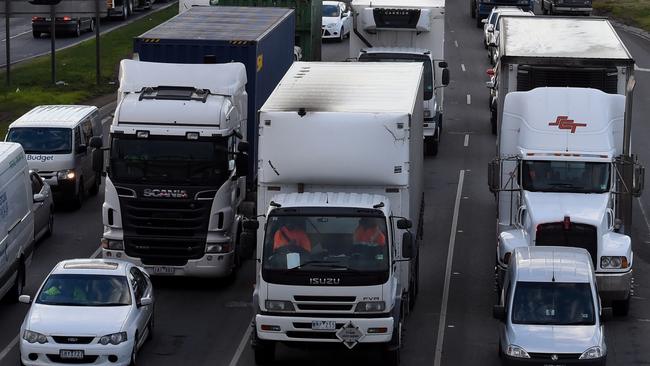
At present, containers coming from interstate on rail to Melbourne are taken to a terminal in Dynon, next to the Port of Melbourne, and then trucked to the outer suburbs.
The Western Inland Freight Terminal (WIFT) at Truganina will move much of this freight to warehouses in Melbourne’s west, reducing freight traffic on suburban streets and cutting down travel times.
It will be supported by a $58 million scheme, which the federal and Victorian governments are currently seeking bidders for, to build rail shuttles to the Port of Melbourne.
The WIFT will also be purpose-built to accommodate the Turnbull Government’s Inland Rail Project, which will feature longer trains with double-stacked containers.
The new West Gate Tunnel has been designed to take significant numbers of trucks off suburban roads, but this will not be enough with freight truck trips in Melbourne to double to 650,000 by 2050.
Rails Future Institute president John Hearsch says trains currently carry just a fraction of the imports arriving in Melbourne.
“At the moment the proportion of freight from the port that’s on rail is quite small, about less than 10 per cent,” he said.
“We’ve been pushing for a long time, and there’s been work going on for at least a decade, to get rail port shuttles up and running.
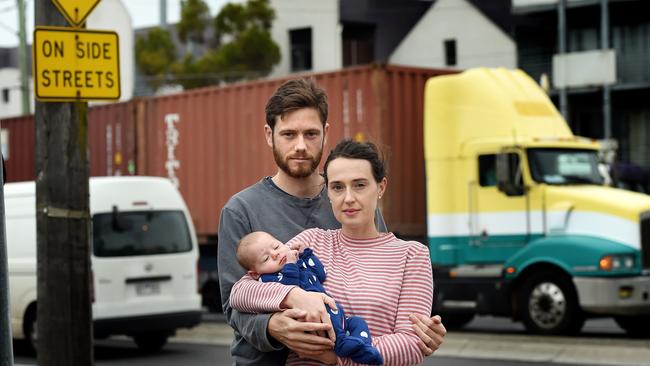
“There’s no real suitable facility at the port yet to handle these rail port shuttles so that’s where the attention and effort needs to go.”
Mr Hearsch said ports in Sydney and Adelaide had successfully moved major amounts of freight onto rail corridors.
“Governments are really going to have to step in and make this happen,” he said.
What the ultimate AFL footballer will look like in 2050
Next chapter ‘critical’ for Melbourne
“If nothing happens the port has great plans for growth and with the natural economic growth of the country more and more trucks will be on these roads.
“If people in the western suburbs perceive it as a problem now I’m afraid they haven’t seen anything yet.”
Surging numbers of truck in residential suburbs surrounding the Port of Melbourne have sparked a public backlash from local residents, who fear their health and livelihoods are being put at risk.
“The battle for the community has been going for about 20 years,” Maribyrnong Truck Action Group spokesman Martin Wurt said.
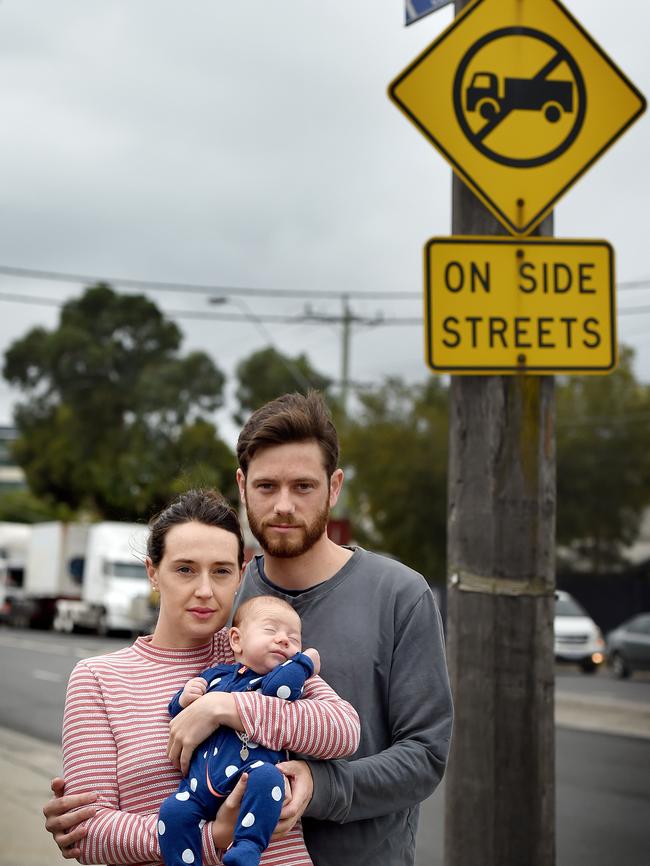
“Up to 80 per cent of the trucks driving past our primary schools and homes have no pollution controls and the City of Maribyrnong experiences about 22,000 trucks each day.
“Lung cancer and asthma rates are higher in our area and most of our schools are on these freight routes with little to no buffer.”
According to the Australian Atlas of Healthcare Variation, the City of Maribyrnong is a hotspot for childhood asthma with more hospital admissions for children with the disease and related illnesses than anywhere else in Victoria.
The study found children aged between three and 19 were presented to hospital at a rate 72 per cent higher the national average.
Kate Lycett, who recently moved to Yarraville, said she worried about the health of her seven-week old son Raphael as truck numbers continued to rise.
“I’m really concerned about what will happen as the port continues to expand and we have to breathe in more of the diesel coming from these trucks outside our window,” she said.
Ports Minister Luke Donnellan says rail would be crucial in keeping the Port of Melbourne competitive.
“The new terminal at Truganina will be a massive boost to Victorian industry,” he said.
Port of Melbourne CEO Brendan Bourke says collaboration is essential.
“It is vital that stakeholders like the Port of Melbourne, industry and government are all around the one table as plans for port and near port facilities take shape, like the Fishermans Bend development,’’ he said.

